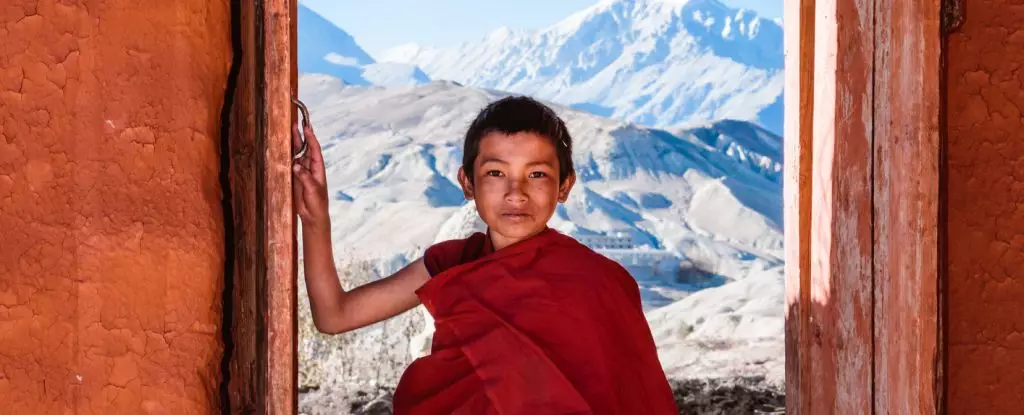Human beings stand as a remarkable testament to the relentless force of evolution and adaptation. Contrary to the notion that our species has reached a final evolutionary form, we are, in fact, still in the process of change. This unique and ongoing transformation is particularly evident in populations inhabiting extreme environments, such as the high altitudes of the Tibetan Plateau. The extraordinary capacity of these communities to adapt to hypoxic conditions—where oxygen levels are significantly lower than at sea level—provides a captivating glimpse into the potential of human resilience.
Living at high altitudes presents unmistakable challenges to the human body. Individuals who ascend to mountains above 2,500 meters often experience altitude sickness due to the reduced atmospheric pressure and subsequently lower oxygen availability. Symptoms can include headaches, nausea, and fatigue, the body’s way of signaling distress in an environment it struggles to accommodate. However, some human populations have not just survived in these inhospitable settings; they have thrived. For over 10,000 years, groups on the Tibetan Plateau have evolved distinct physiological adaptations that allow them to maximize oxygen uptake, thereby sidestepping the detrimental effects associated with high altitudes.
Research spearheaded by anthropologist Cynthia Beall has unveiled key insights surrounding these adaptations. Her studies highlight the significant biological variations shaped by selective pressures at extreme elevations. For these Tibetan populations, evolution appears not only as a survival mechanism but as a defining aspect of their identity.
One of the most compelling indicators of effective adaptation is reproductive success, particularly among women. Beall and her colleagues conducted extensive studies involving 417 women from Nepal who had lived above altitudes of 3,500 meters. They found a consistent correlation between adaptations that enhance oxygen delivery and increased rates of live births. These observations underscore the profound interplay between biology and the environment in shaping human life.
A noteworthy discovery from this research was the optimal balance of hemoglobin levels among the most successful mothers. Rather than showing extremely high or low hemoglobin concentrations—which can hinder oxygen transport—the women exhibited average levels paired with high oxygen saturation. This nuanced understanding shifts the paradigm of what constitutes ‘fitness’ in high-altitude environments. Rather than a straightforward advantage, it becomes clear that maintaining a specific balance is essential for maximizing both health and reproductive outcomes.
Moreover, the findings suggest that the enhancements in blood flow and cardiac function contribute significantly to these women’s abilities to endure the challenges of high-altitude living. With hearts that have wider left ventricles, the increased capacity for pumping oxygenated blood has allowed these women not only to survive but to flourish and pass on their genetic advantages to successive generations.
In addition to biological factors, cultural practices play a critical role in shaping reproductive success in these high-altitude communities. For example, women who marry early and engage in prolonged reproductive phases evidently amplify their opportunities for live births. This cultural aspect complements the physiological advantages, painting a fuller picture of how humans navigate their environments.
Interestingly, the study’s researchers noted that certain physical typologies bear similarities to women inhabiting lower altitudes. It appears that those whose bodies maintain physiological characteristics distinct from their high-altitude counterparts have greater reproductive success, thus illustrating the complexity of adaptation. This phenomenon suggests that while culture can bolster biological resilience, the underlying genetic mechanisms also matter deeply in influencing outcomes.
The study of high-altitude populations in Tibet serves as a powerful reminder that humanity is far from a completed project; we are dynamic beings in a constant state of flux. The intricate relationships between environment, biology, and culture demonstrate the undeniable effects of natural selection in real-time.
Ultimately, the adaptations observed in these populations offer hope and insight into the human capacity for resilience. As we face global environmental changes and health challenges, understanding our ongoing evolution may provide valuable lessons on how to survive and thrive in our diverse worlds. As Beall succinctly put it, this represents a vivid example of ongoing natural selection, proving that our ability to adapt continues to be a hallmark of the human experience.


Leave a Reply